The call of the wild drives many travelers to purchase an RV. The adventure is out there, and just the thought of that perfect destination is enough to put a smile on anyone's face. But summer is coming. It's getting hotter outside and RVers are designing ways to stay cool. While a trip to the beach or the mountains is a great way to cool down, you still want to stay cool while driving and parking.
This is what leads so many RV enthusiasts to search for the best RV air conditioner they can find.
There are many options out there. Here are some basic tips to help you choose the best RV air conditioner for your needs.
understand your needs
Before buying an air conditioner, you must know how many BTUs you need to cool your RV. This figure is based on the square footage of the RV. Larger RVs will need over 18,000 BTUs to keep the space consistently cool. You really don't want to buy an air conditioning unit that is too weak and won't cool your RV adequately. Here's a handy chart to help calculate your needs.
Which RV Air Conditioner Is Right For Your Style?
There are several viable options to choose from here.
This is a popular choice. Because it sits on the roof of the RV, this air conditioner doesn't take up extra space in the RV. Most rooftop air conditioners run between 5,000 and 15,000 BTU/hour. That's a modest figure considering more than 30% of the energy is dissipated through the vents. A rooftop air conditioner can cool an area 10 feet by 50 feet.
The unit is cooled by outside air and powered through your RV. Depending on the size of the device, it can use a lot of power, so it's not the best choice for those who conserve energy or like to go camping off the grid. Roof air conditioners can also be expensive to repair. Placing the air conditioner on the roof exposes it to moist air, causing rust and possibly bacteria.
It is also difficult for ordinary people to install rooftop air conditioners. Some weigh over 100 pounds, so two or more people are required to handle the installation. It also has a lot of wires and vents to connect properly. If you lack the proper qualifications, you should not attempt this.
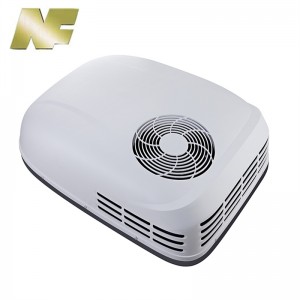
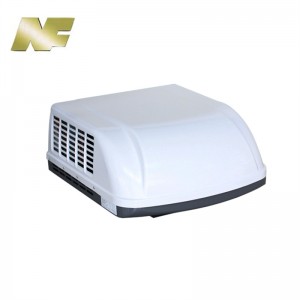
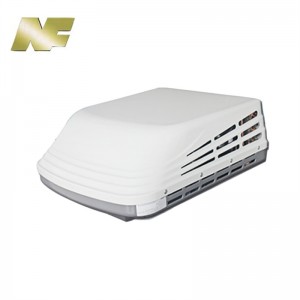
2. Bottom mounted air conditioner
As people's requirements for indoor noise increase, some RV manufacturers have begun to study the use of bottom-mounted air conditioners to provide cooling/heating for the RV. Bottom-mounted air conditioners are generally installed under the bed or the bottom of the deck sofa in the RV. , the bed board and the opposite sofa can be opened to facilitate later maintenance. One of the advantages of the bottom-mounted air conditioner is to reduce the noise made by the air conditioner when it is working.
Optimum operation of an undermount air conditioner will be determined by the correct installation location. First of all, try to be as close to the axle as possible, and generally choose to install it opposite the RV door. Air conditioning is very simple to install, but openings are required in the vehicle floor for air exchange (inlet and outlet) and condensate drainage. If you need to use infrared remote control to control, you need to install the infrared transmission device near the air conditioner to facilitate remote operation.
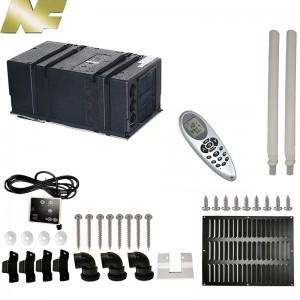
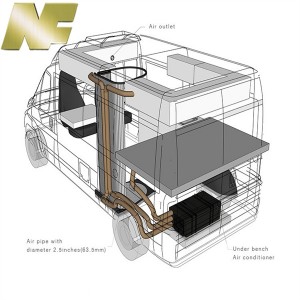
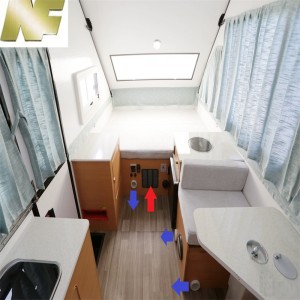
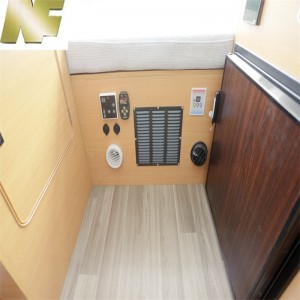
Post time: Jun-25-2024




